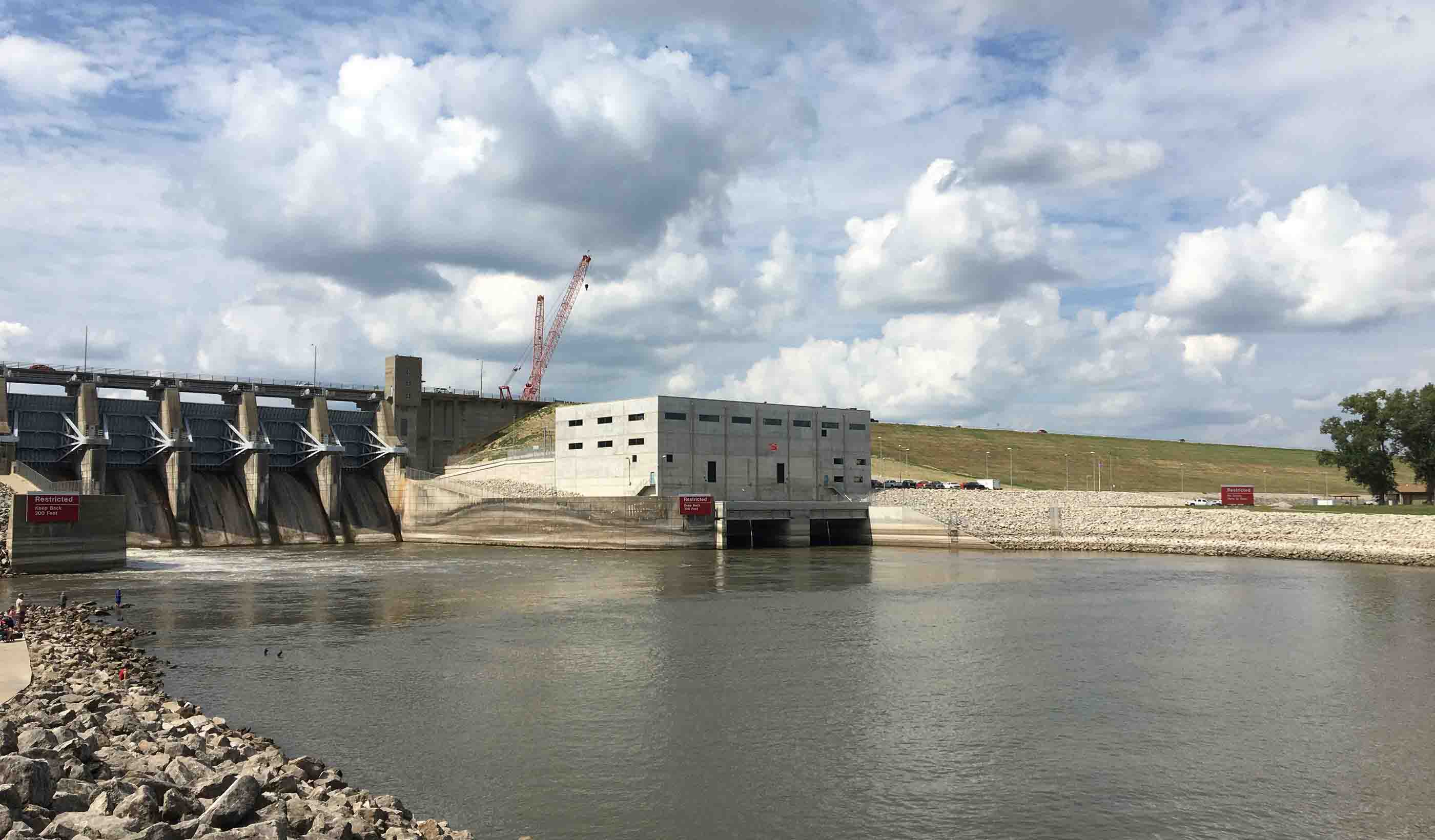[With Video] Untapped energy: Transforming existing dams into a source of hydropower
October 22, 2020
October 22, 2020
Hydroelectricity is one of the most reliable renewable energy sources available and can provide power for generations
Hydroelectric is one of the most reliable forms of green energy, yet it remains one of the most underutilized. In 2019, hydroelectric energy only accounted for 6.6% of total utility scale in the US and 38% of renewables.
The main reason is simple: the capital cost to install other renewables like solar and wind is considerably lower than hydroelectric and there are fewer regulatory hurdles to overcome. Despite the inherent challenges, the long-term reliability and life-cycle cost of hydroelectric energy means it must have a prominent part in a comprehensive, nationwide green energy plan. One opportunity to increase the use of hydroelectric power lies in existing dams.
There are more than 80,000 dams in the US, yet only 3% generate electricity. By tapping into this existing infrastructure, we can provide communities with a stable, efficient green energy source that will last for generations, which is exactly what we did with the Red Rock Dam in Pella, Iowa. Our team designed a new powerhouse for the dam and worked with Missouri River Energy Services (MRES) throughout the construction process.
Projects like these take time. The Red Rock Hydro Project took approximately 10 years from start to finish. But the result is an energy source that will last for generations. Here’s a look at the process of adding generation to a dam and the value it delivers.
Although the Federal Energy Regulatory Commission’s (FERC) licensing process for hydropower has undergone streamlining efforts in recent years, there are still regulatory challenges. Private developers of hydropower are subject to over a dozen laws and regulations governing the use of water, wildlife conservation, historic preservation, and power distribution. This requires significant effort to conduct the necessary studies to satisfy the requirements.
Over the last 15 years, our team has successfully guided clients through this process to design, construct, and commission five new hydropower projects at existing non-powered (NPD) dams totaling 349 megawatts of generating capacity. The 2017 Hydropower Market Report published by the U.S. Department of Energy (DOE) stated that hydropower has grown nearly 2 gigawatts in the past decade, primarily driven by upgrades to existing assets, and these projects represent 17% of the stated growth.

The Red Rock Dam and the newly completed powerhouse.
The Red Rock project is the most recent of our team’s five projects and, like the others, is located at an NPD owned by the U.S. Army Corps of Engineers. NPD projects need to be integrated with the existing dam infrastructure and operations. They cannot have a detrimental impact on dam safety during construction or permanent operation. Simply put, adding power generators cannot change the status quo. Thus, the short-term focus centers on how the project will be constructed.
As the engineers of NPD projects, we develop construction staging requirements designed to maintain dam safety while providing the contractor with as many opportunities for efficiency as possible. We also integrate dam safety surveillance and monitoring during construction with our resident engineer responsibilities to follow this important aspect throughout the project development life cycle.
Understanding the value of hydropower requires a long-term outlook due to the high initial capital cost. The DOE notes that NPD projects are generally developed by private entities, which tend to be utility cooperatives that represent communities. For these utilities, the long-term investment to obtain reliable, renewable power makes sense. Wind and solar are renewables with a lower initial investment (currently aided by federal tax credits), but their infrastructure has a much shorter lifespan compared to hydro.
The difference in capital cost for hydropower versus wind and solar is essentially the difference between having a product custom made instead of buying it off the shelf. Hydropower development is driven by the unique design for each site, whereas wind and solar designs are more modular, especially when compared to the site-specific constraints of an NPD.
While these other renewables can help build up a green portfolio, hydropower is an essential part of the mix for its load balancing and black-start capabilities. Wind and solar need the right conditions to generate (a sunny, breezy day is ideal), but the flowing water to generate power from a hydroelectric project is ever present. Hydro can start up when water hits the turbines and this power can be used to bring other generating resources online.

Inside the Red Rock Dam powerhouse.
Because of the high capital cost, the decision to invest in developing hydropower is reliant on other market factors. The 2018 update to the Hydropower Market Report noted that the number of preliminary permit applications was the lowest since 2000 and the majority of them were for pumped storage hydro. The drop in hydro permit applications coincides with a decrease in the cost of natural gas and federal tax credits for wind and solar, which challenge the hydro value proposition.
Regulatory changes to speed up the hydro permitting process and reduce reliance on fossil fuels (currently only at the state level) have the potential to lead to an uptick in hydro investments. The Red Rock Project, for example, was supported by an Iowa law that made hydro projects tax free. In addition, the volatility of the global oil and gas market can increase the appeal of hydro as a reliable generation resource.
During the dedication of the Red Rock Hydroelectric Project, MRES noted the project will stand for more than a hundred years and will generate electricity for generations to come. That’s what sets hydroelectric energy projects apart from other renewables. They are generational solutions.
Having overcome the issues of cost and regulations, MRES has a reliable source of power for more than 18,000 homes in the local communities with the Des Moines River providing a limitless source of free fuel.